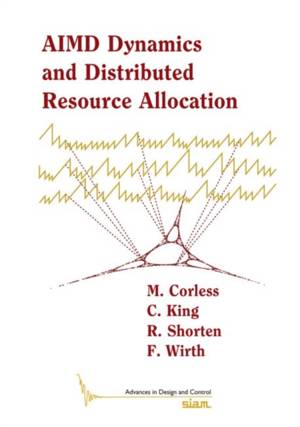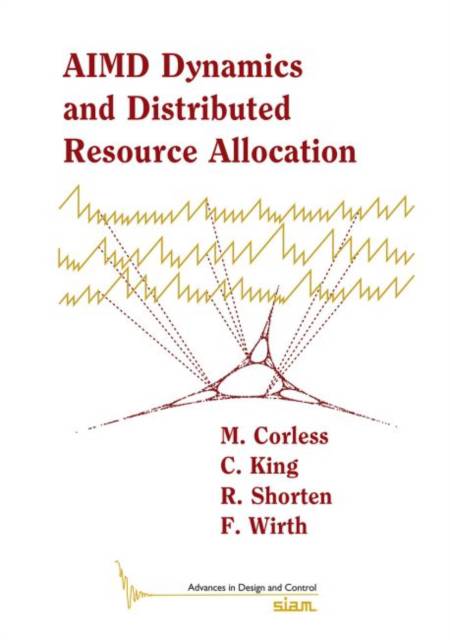
Je cadeautjes zeker op tijd in huis hebben voor de feestdagen? Kom langs in onze winkels en vind het perfecte geschenk!
- Afhalen na 1 uur in een winkel met voorraad
- Gratis thuislevering in België vanaf € 30
- Ruim aanbod met 7 miljoen producten
Je cadeautjes zeker op tijd in huis hebben voor de feestdagen? Kom langs in onze winkels en vind het perfecte geschenk!
- Afhalen na 1 uur in een winkel met voorraad
- Gratis thuislevering in België vanaf € 30
- Ruim aanbod met 7 miljoen producten
Zoeken
Omschrijving
The AIMD algorithm is the most widely used method for allocating a limited resource among competing agents without centralised control. In this first comprehensive book on the topic, the authors offer a new approach based on positive switched linear systems, which is used to develop most of the main results in the book. Students and researchers alike will benefit from details of several variants of the algorithm, provided in order of increasing complexity, including deterministic, random, linear, and nonlinear versions. In each case, stability and convergence results are derived based on unifying principles. Basic and fundamental properties of the algorithm are described, examples are used to illustrate the richness of the resulting dynamical systems, and applications are provided to show how the algorithm can be used in the context of smart cities, intelligent transportation systems, and the smart grid.
Specificaties
Betrokkenen
- Auteur(s):
- Uitgeverij:
Inhoud
- Aantal bladzijden:
- 250
- Taal:
- Engels
- Reeks:
- Reeksnummer:
- nr. 29
Eigenschappen
- Productcode (EAN):
- 9781611974218
- Verschijningsdatum:
- 31/10/2016
- Uitvoering:
- Paperback
- Formaat:
- Trade paperback (VS)
- Afmetingen:
- 177 mm x 253 mm
- Gewicht:
- 471 g

Alleen bij Standaard Boekhandel
+ 233 punten op je klantenkaart van Standaard Boekhandel
Beoordelingen
We publiceren alleen reviews die voldoen aan de voorwaarden voor reviews. Bekijk onze voorwaarden voor reviews.









